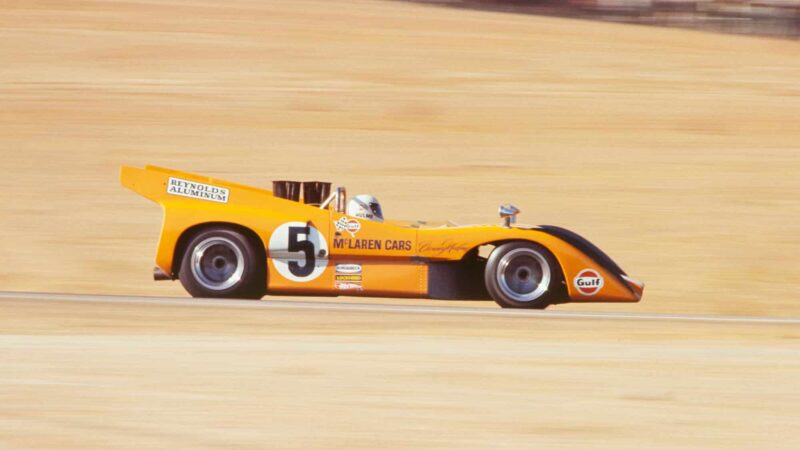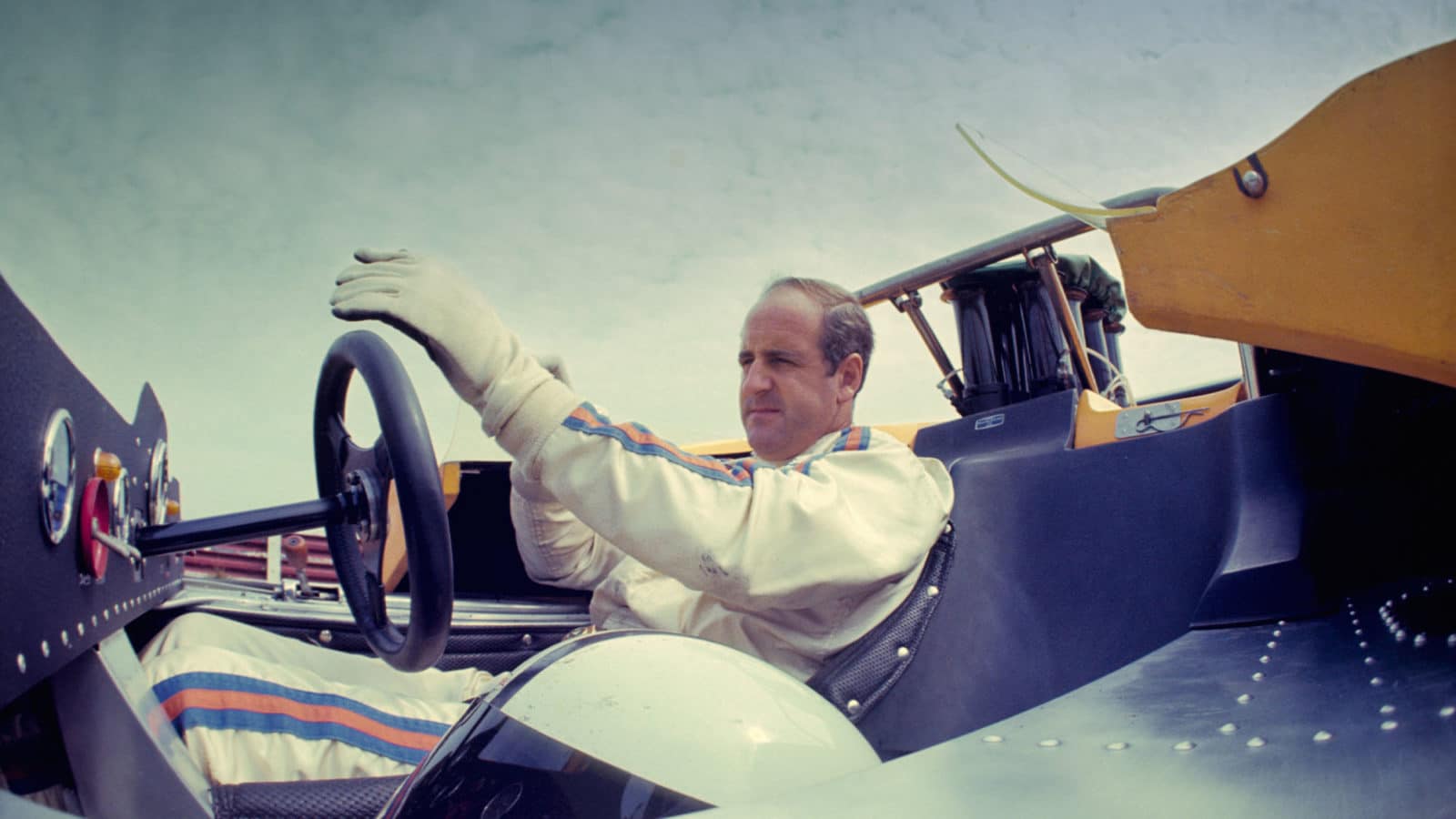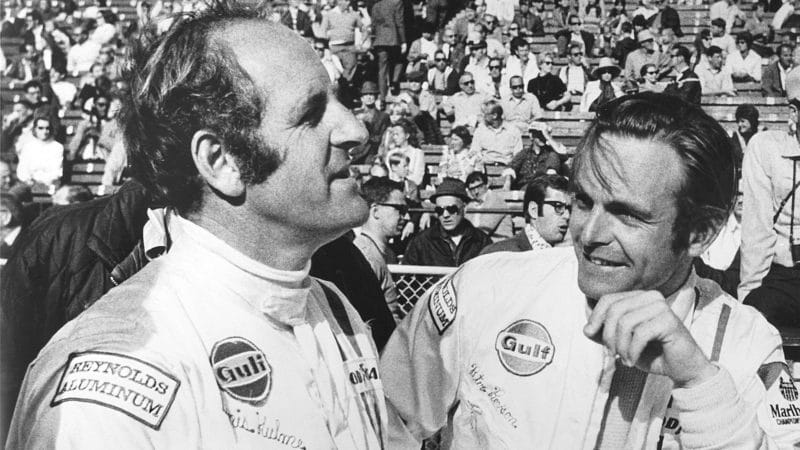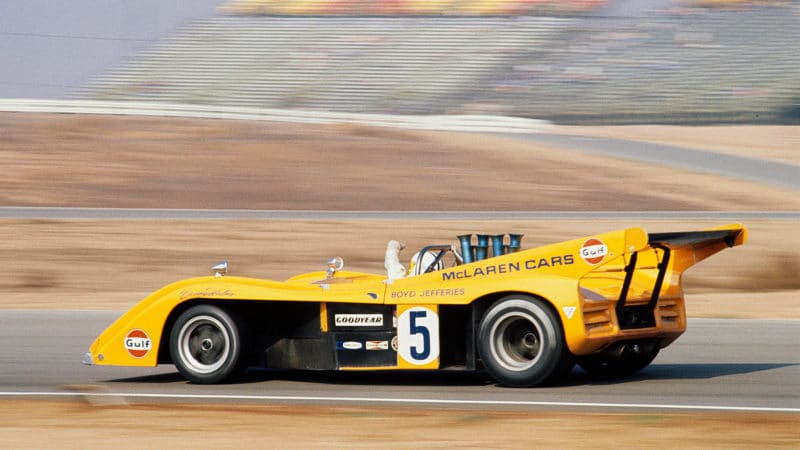His Formula One career was more successful than stellar, providing eight wins, one pole position and nine fastest laps in 112 starts over a total of 10 seasons. But he not only claimed the 1967 world championship, but did so when Jim Clark was at the height of his powers, with Jack Brabham as his team-mate, and against opposition that included Graham Hill, John Surtees, Jackie Stewart and Dan Gurney.
But it was in Can-Am that Denny found his vocation. The facts are these: in six seasons he won 22 races more than any other driver; he set 26 lap records eclipsing all opponents; he claimed pole position 22 times and no-one else matched that either. By the time McLaren pulled the plug on its Can-Am activities, he had amassed more points than any other in the history of the series twice as many in fact.
“Denny could really turn it on when he wanted to,” says Tyler Alexander, an American engineer who joined the fledgling McLaren race team in 1964 and has been a vital component ever since. “He was really bloody good very determined. He loved those Can-Am’s, all that power in a car that was the class of the field. He was also a lovely guy, incredibly loyal to the team and a real team player.
The Robin Herd-designed, monocoque-chassis M6 of 1967 showed the world that McLaren could build a championship-winning car. “What no-one knew,” says Herd today, “is we actually had ground effect under the car and, without it, we would have been nowhere.” If there is an earlier claim to the use of ground effect, I haven’t heard it. With it they won four from six races and the championship. It served as something of a spur to the team. “From now on,” said Bruce at the time, “we’re going to try much harder!” And hard work, says Alexander, was the real secret of the team’s success.

Hulme on his way to victory at Laguna Seca in 1970
Fred Enke/The Enthusiast Network via Getty Images/Getty Images)
Clearly this is true. The M8 was a terrific design, but it was the time that McLaren took to refine and perfect it that best explains the results. They simply tried harder, were more dedicated and professional than any other outfit until, says Alexander somewhat ruefully, “Porsche came along with all that money.”
But until Porsche ‘spoiled’ the fun in 1972, McLaren had it to themselves, and even on those rare occasions that the orange machines did not head the field home, often as not one of their customers would fill the void.
Key to this was the fact that, for all their power, the cars were also remarkably easy to drive. Dan Gurney and Peter Gethin are the two who know best, having been drafted into the team after Bruce died to drive the mighty M8D. Both would win, too.
Today, Gurney remembers the team, the car and being Denny’s teammate with almost limitless affection.




